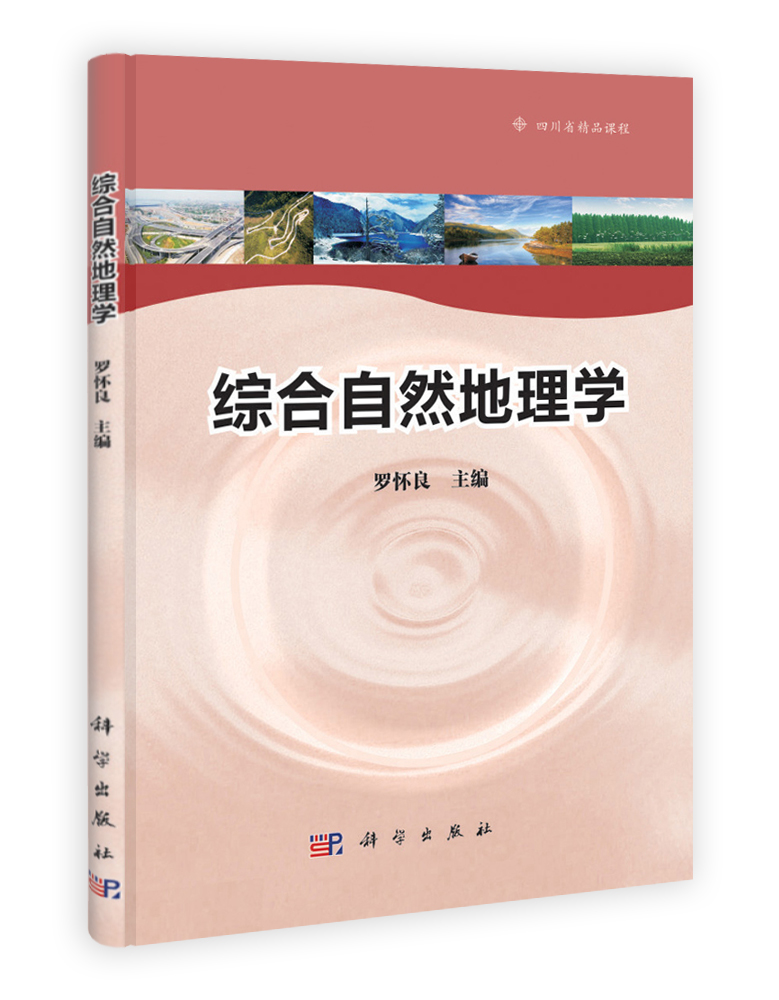目录
- CONTENTS
Foreword
1 Structure and Properties of TiO2-based Photocatalyst 1
1.1 Structure 1
1.1.1 Crystal structures 1
1.1.2 Surface structure 9
1.2 Properties 28
1.2.1 Oxidation and reduction sites 28
1.2.2 Electronic properties 30
1.2.3 Electrochemical properties 38
1.2.4 Photoelectrochemical properties 44
1.2.5 Surface adsorption properties 48
1.2.6 Surface chemistry properties 66
1.2.7 Photon absorption properties 67
1.2.8 Photo-induced superhydrophilicity 75
1.3 Summary 76
2 Synthesizing Methods and Fabrication of TiO2-based Photocatalyst 77
2.1 Basic synthesis methods 77
2.1.1 Sol–gel method 77
2.1.2 Hydrothermal method 83
2.1.3 Solvothermal method 86
2.1.4 Anodic oxidation method 94
2.1.5 Microwave-assisted method 98
2.1.6 Hard template method 101
2.1.7 Reverse microemulsion method 105
2.1.8 Direct oxidation method 107
2.1.9 Non-hydrolytic sol–gel method 108
2.1.10 Sonochemical method 111
2.1.11 Chemical vapor deposition 112
2.1.12 Physical vapor deposition 115
2.1.13 Electrodeposition method 116
2.1.14 Ionic liquid-assisted method 118
2.2 Factors influencing the formation of titanate nanotubes via hydrothermal treatment 120
2.2.1 Starting materials: phases and particle sizes 120
2.2.2 Alkaline solution: types and concentrations 122
2.2.3 Hydrothermal treatment: temperature and duration 122
2.2.4 Assisted hydrothermal synthesis 123
2.2.5 Post-hydrothermal treatments 124
2.3 Summary 126
3 Modification Techniques of TiO2-based Photocatalysts 127
3.1 Basic ideas of modification 127
3.1.1 Morphological variation 127
3.1.2 Band gap modification by creation of oxygen vacancies and oxygen sub-stoichiometry 129
3.1.3 Spatially structured and chemically modified visible light active titania 130
3.2 Modification technology 130
3.2.1 Metal-loaded TiO2 130
3.2.2 Doped TiO2 134
3.2.3 Co-doped TiO2 157
3.2.4 Semiconductors coupled TiO2 163
3.2.5 Dye sensitized TiO2 166
3.2.6 Support of photocatalyst 169
3.3 Conclusions 172
4 Hydrogen Production in Heterogeneous Photocatalysis 173
4.1 Basic principles of photocatalytic hydrogen generation 174
4.1.1 Mechanism of photocatalytic hydrogen generation for PEC 174
4.1.2 Mechanism of H2S photolysis in the liquid phase 176
4.1.3 Mechanism of water splitting employing dye-sensitized solar cells to harvest visible light 177
4.1.4 Main processes of photocatalytic hydrogen generation 180
4.1.5 Types of reactions 181
4.2 Evaluation of photocatalytic water splitting 182
4.2.1 Photocatalytic activity 182
4.2.2 Photocatalytic stability 183
4.2.3 Evaluation of PEC performance 184
4.3 Development of photocatalytic system for hydrogen production 185
4.3.1 PEC water splitting system 185
4.3.2 Photocatalytic hydrogen generation in batch systems under visible light irradiation 190
4.3.3 Photocatalytic hydrogen generation in membrane systems 193
4.3.4 Liquid-phase photocatalytic reactor using H2S 199
4.3.5 Gas-phase photocatalytic reactor for H2S 200
4.4 Recent progress of photocatalytic water splitting for hydrogen production 200
4.4.1 Co-catalyst 200
4.4.2 Doped with metals 214
4.5 Main factors influencing photocatalytic hydrogen production 228
4.5.1 Structure and morphology/crystallinity of catalyst 228
4.5.2 Bandgap energy 229
4.5.3 Corrosion resistance 229
4.5.4 Sacrificial agent/electron donor in water solution 230
4.5.5 Operating temperature 231
4.5.6 Light intensity 231
4.5.7 Solution pH value 231
4.6 Main challenges, opportunities and outlook 232
5 Heterogeneous Photocatalytic Reduction of CO2 to Fuels 233
5.1 Advances of CO2 photocatalytic reduction 233
5.2 Fundamentals of CO2 photocatalytic conversion 238
5.2.1 Basic mechanism 238
5.2.2 Photoexcitation and recombination 239
5.2.3 Chemical transformation 240
5.2.4 Selectivity in the photocatalytic CO2 reduction 242
5.2.5 Thermodynamic analysis 242
5.3 TiO2-based photocatalysts for CO2 photoconversion 245
5.3.1 Physical and photocatalytic reduction properties of TiO2-based photocatalysts 245
5.3.2 Advances in visible light responsive TiO2-based photocatalysts 248
5.3.3 Support materials for catalyst immobilization 264
5.3.4 Highly dispersed TiO2 photocatalysts 269
5.4 Reductants 270
5.5 Operation parameters influencing on CO2 reduction 271
5.6 Photocatalytic reactors and prospects 273
5.6.1 Anode oxidation and cathode reduction compartments 273
5.6.2 Photocatalytic reduction reactors 276
5.7 Future prospects for sustainable phototechnology 283
Main References 285



























